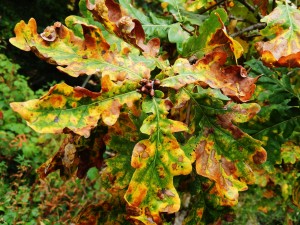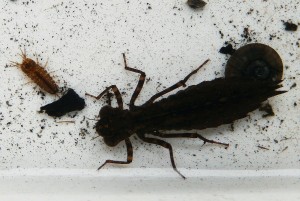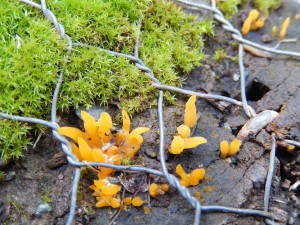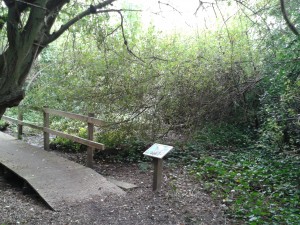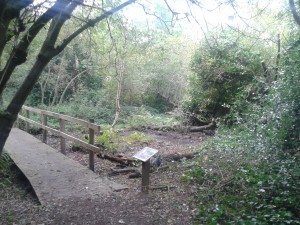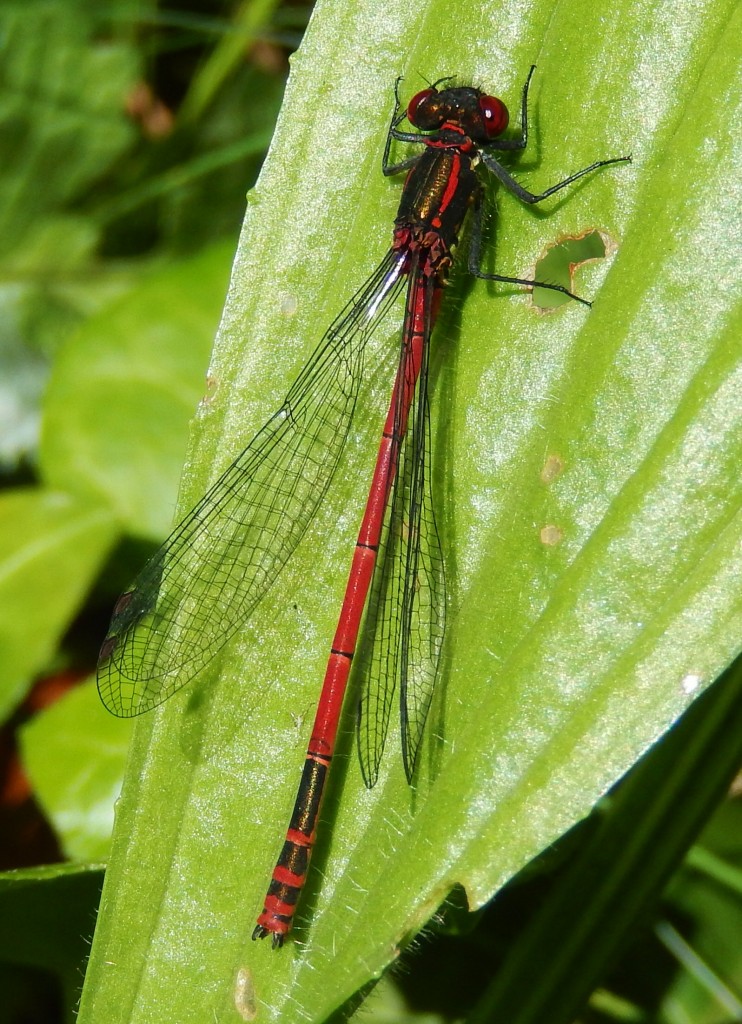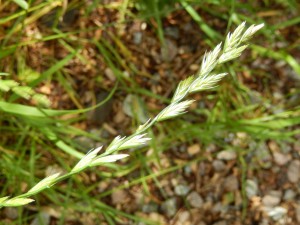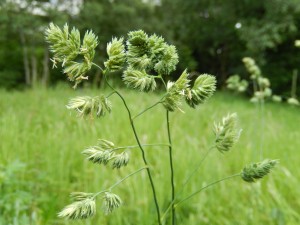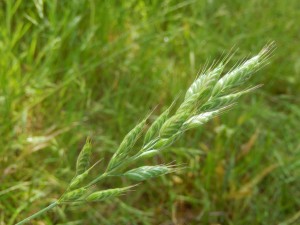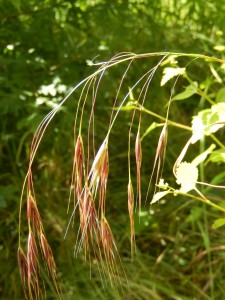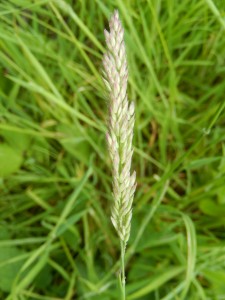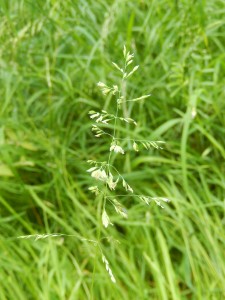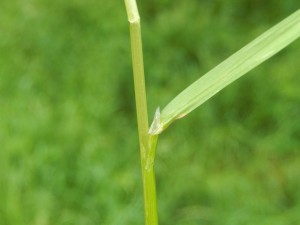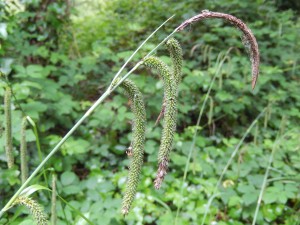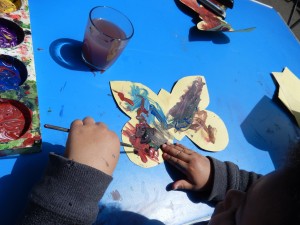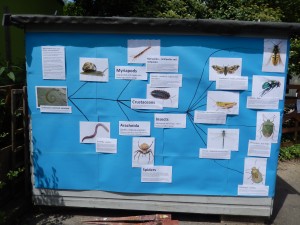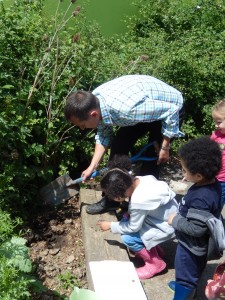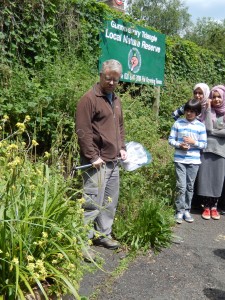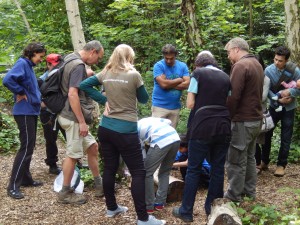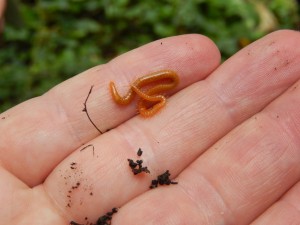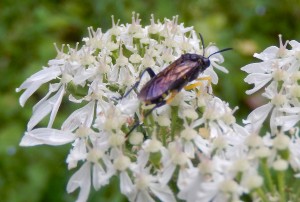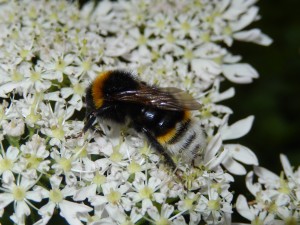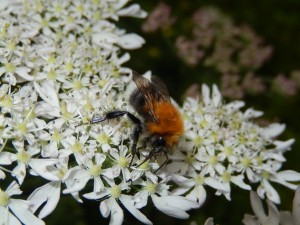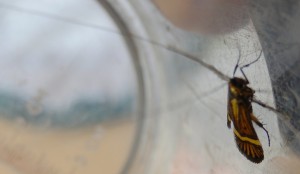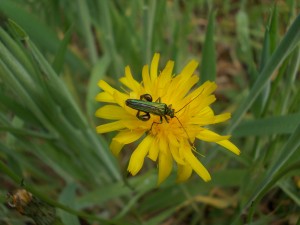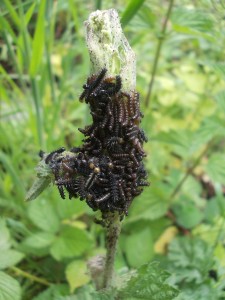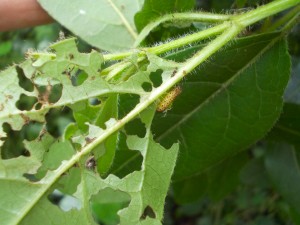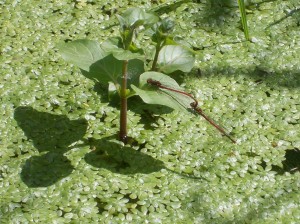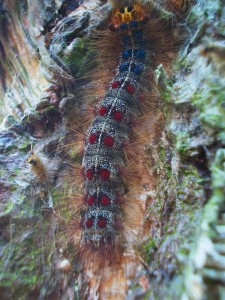Most of my last few visits to Gunnersbury Triangle have been taken up with untangling a mass of fallen Willow trees in the mangrove swamp. One tree fell on the next, which fell on the next … and the whole lot were in sticky mud with a rising autumn water table, covered in ivy to boot. I lopped, chopped and carried branches and lumps of ivy away, getting happily hot, tired and dirty in the process.
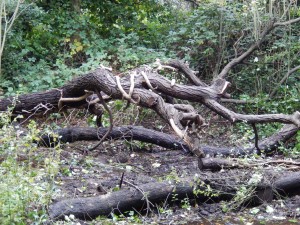
Yesterday I wandered around with no tools other than camera and binoculars, and was rewarded with the sight of a Grey Wagtail, a Robin and a Wren hopping about and feeding in their different styles, exactly where I had been clearing.
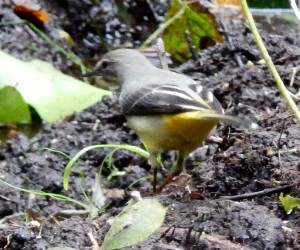
The wagtail was gobbling mouthfuls of grubs that it grabbed from the soft mud. It constantly bobbed and wagged its tail, displaying its yellow rump in the process. Could that be aposematic – is the yellow, in other words, a warning that the bird is distasteful? If not, why does it constantly flash yellow, even when no other birds of its species are about?
Today, I finished lopping the fallen Willow branches; as these last ones were over on the side, it was a cleaner and drier job. Then I joined in with a corporate group from Lend Lease, a well led and relaxed team … of property developers. They were incredibly pleasant to be with. The next surprise was at the hut when we all had a cup of tea: a nice Indian businessman in a suit came and asked us if his firm of engineers could use the reserve … for a group meditation. They stood about quietly and respectfully in a group, at least one person with hands pressed together in the ‘namaste’ position. We went on clearing and coppicing in the delightful autumn weather.
I got a small winged bug in my mouth; it released a pungent taste of cinnamon oils. Probably that is a chemical defence too: certainly a powerful taste, probably unpleasant in any quantity; but it was not bad in a one-off dose.
I ended my day sawing off some of the tree-stumps left over from the coppicing, together with one of the very capable and enthusiastic London Wildlife Trust trainees. It’s tremendous to see such good work going on in the reserve. And a piece of excellent news: a new warden has been appointed to manage work on the reserve, along with a West London warden who will be based here, but will have the massive task of keeping all the Hillingdon reserves from getting totally overgrown with hawthorn and blackthorn, among other things. So, suddenly, the place is full of life! Let’s hope we soon get our new visitor centre, we need it.
Conservation work with property developers; meditating engineers. You couldn’t make this up, or if you did, nobody would believe you. People say nature opens your mind, helps you feel relaxed. It does, you know.
